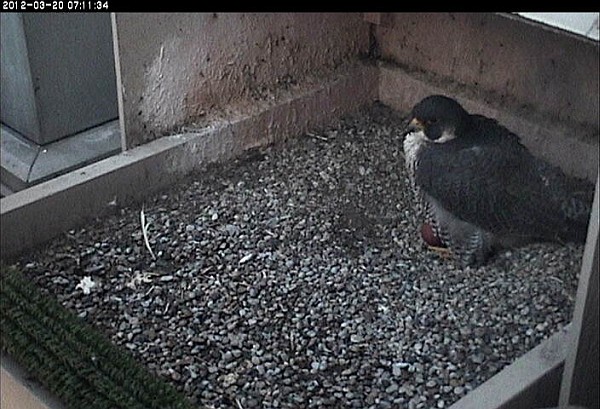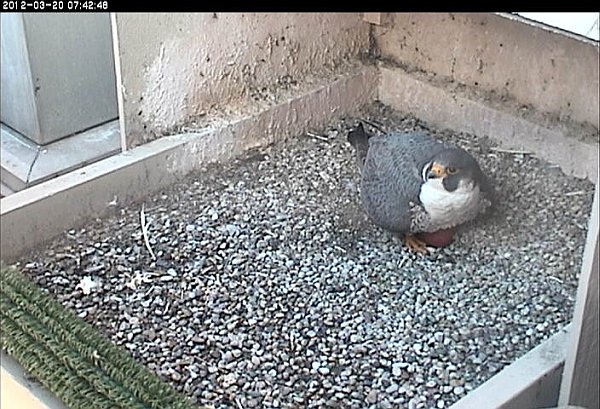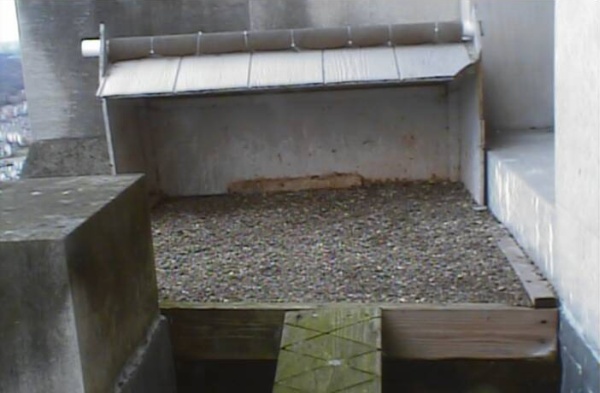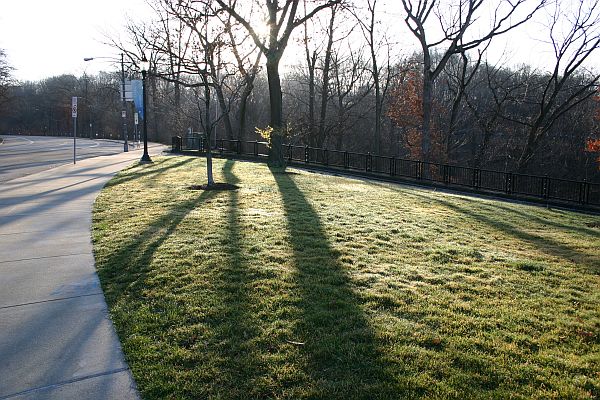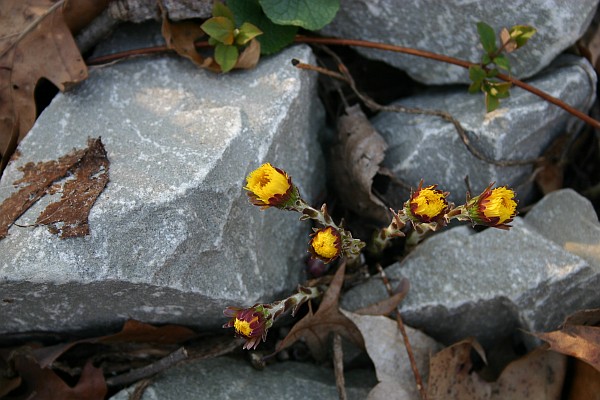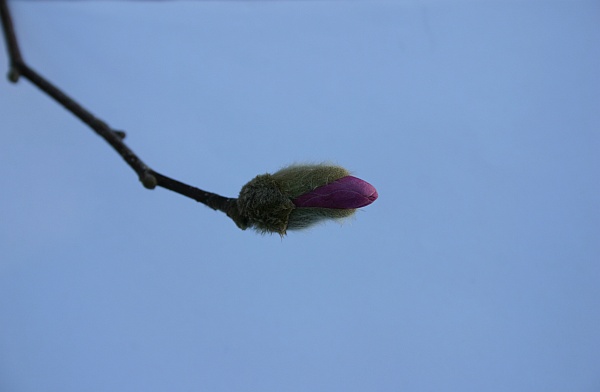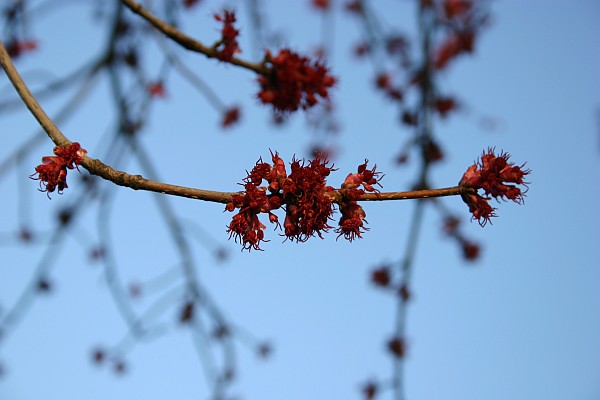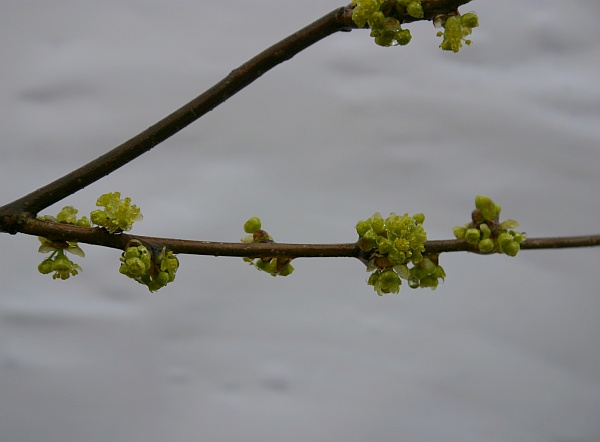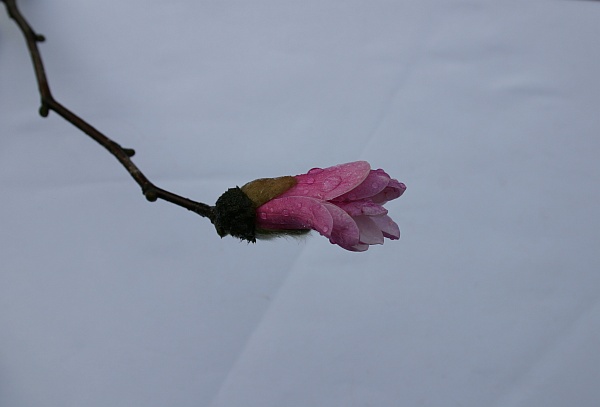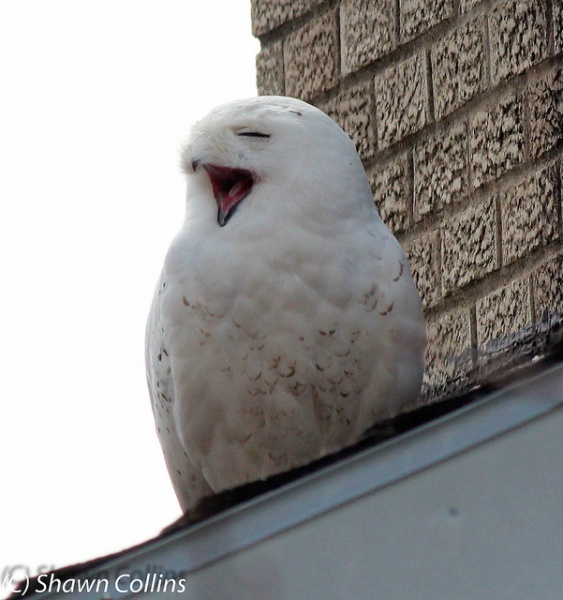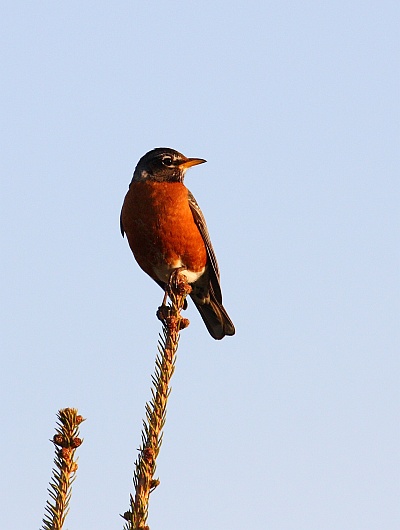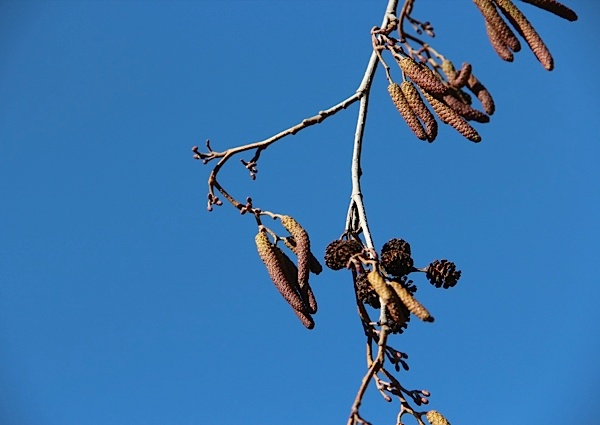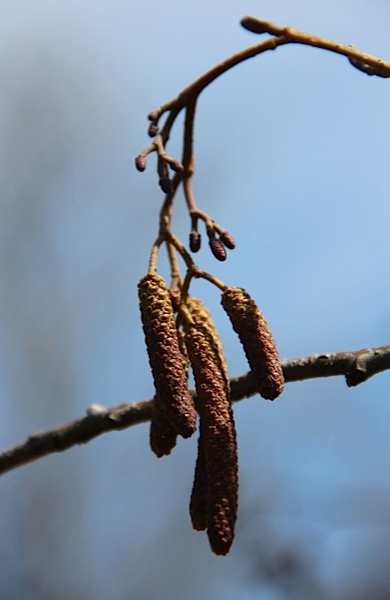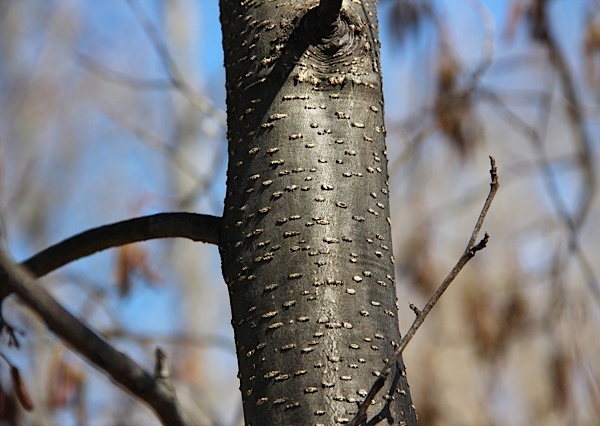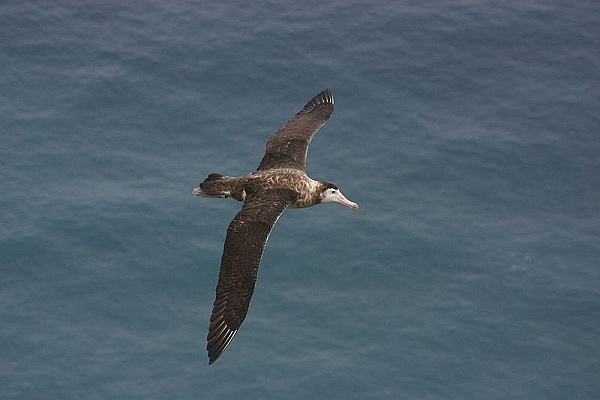
21 March 2012:
One day does not a summer make but a week of June-like weather is mighty convincing.
Though I’m thrilled to be wearing summer clothes in mid-March it makes me very worried. Our temperatures have been 20 to 30 degrees above normal. In Minnesota the morning low in International Falls tied the previous record high on Monday!
The heat is unprecedented and the landscape is responding. Last Sunday I found cutleaf toothwort (pictured above) blooming four weeks ahead of schedule and yellow buckeye trees leafing out in Schenley Park (below). The weather is three months early. The plants are one month ahead.

Insects are responding as well. Stink bugs are everywhere and I swear I heard a cricket last night.
Most birds can’t keep up. Those already here are moving north a bit early but the bulk of the migrants are in Central and South America and have no idea our weather is so far ahead of schedule. When they get here they may find their peak insect food resources have passed.
Meanwhile peregrines lay their eggs so that hatching will coincide with the push of northward migrants. Dorothy’s first egg is right on time though the heat is not. It was sad to see her panting at the nest yesterday, trying to keep her egg cool so it won’t develop out of synch.
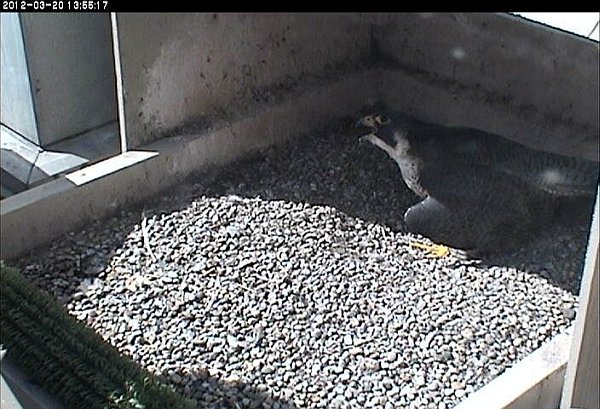
With a warm winter here and a very cold winter in Europe, we’re on the roller coaster of climate change. Arguing about it is pointless now. Ready or not, we’re already experiencing the new normal.
(Cutleaf toothwort photo by Dianne Machesney. Yellow buckeye leaves by Kate St. John. Dorothy panting at her nest on 20 March 2012 from the National Aviary falconcam at Univ of Pittsburgh)
